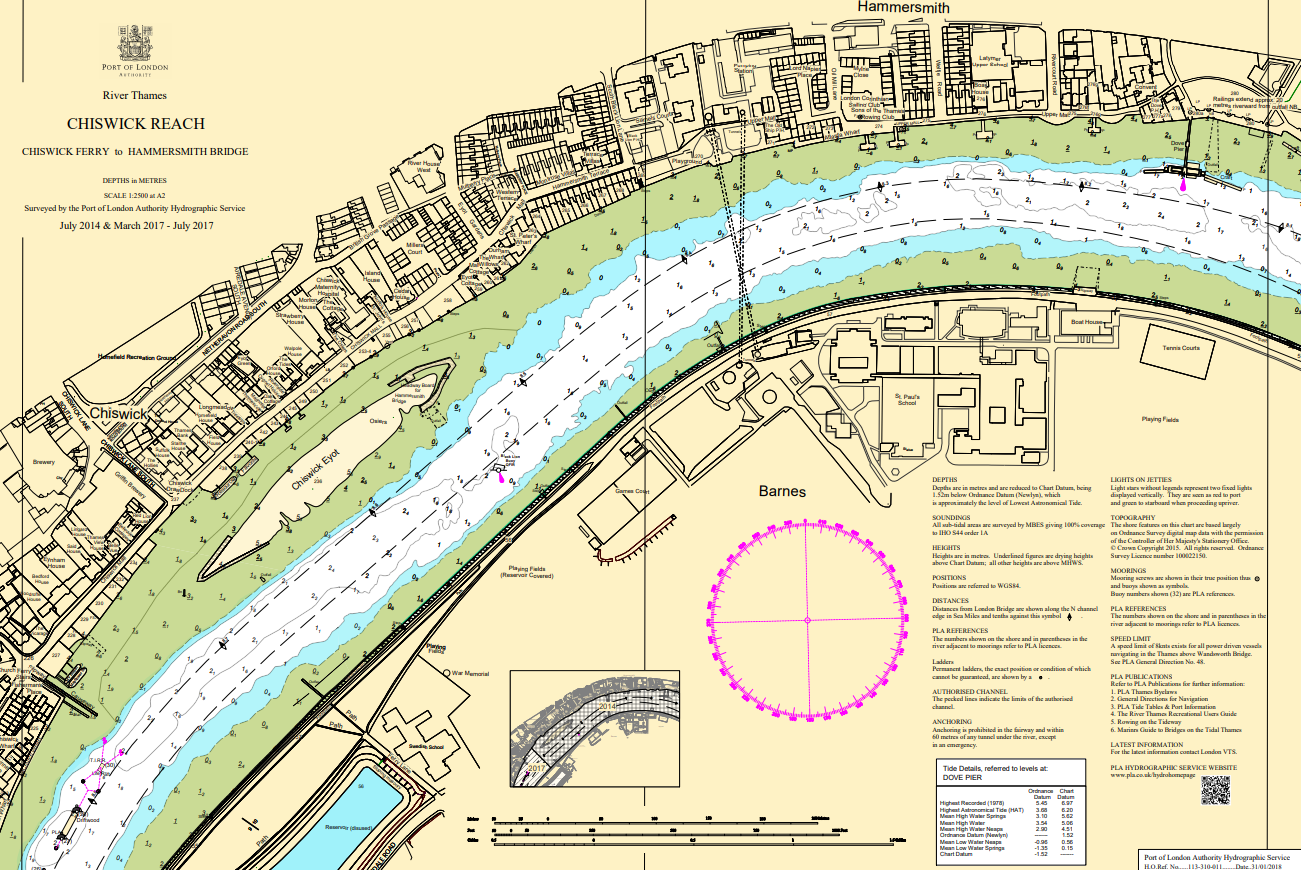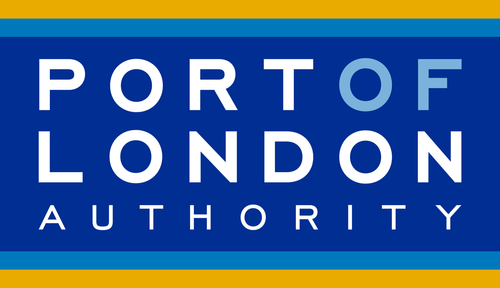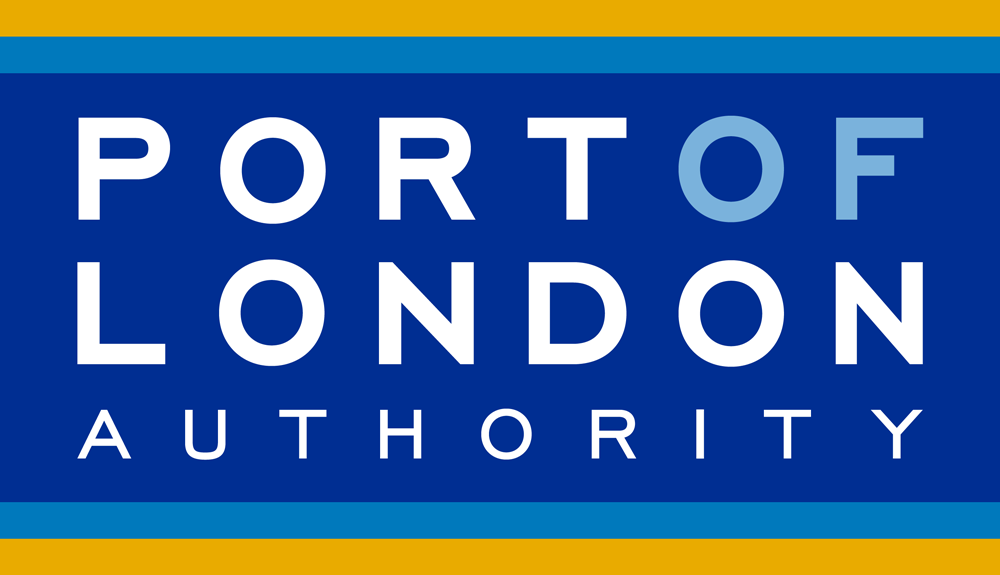Live Tides
NOTICES TO MARINERS
Charts & Surveys

Incident reporting
Life-threatening emergencies on the river:
Call 999 and ask for the Coastguard
For near miss, safety observations and incident reporting click below
PLA investment plan
Launched in May 2018, the plan has the twin objectives of accelerating delivery of Thames Vision goals and diversifying our income streams
Introduction
The Thames is the busiest waterway in the UK, home to the country’s second biggest port, busiest waterway for passengers and freight, a centre for sporting activity and a magnet for visitors and local people alike.
At the PLA it is our role as Custodians of the tidal Thames to support the drive to increase use of the river. The potential to embed the river in the life of the capital, and wider region, is reflected in the Thames Vision, the framework for developing river use over the next 20 years. Developed through extensive collaboration across Thames stakeholders, the Vision is now well established, and integrated into the Mayor’s London Plan, transport and environment strategies.
Our twin objectives for this investment plan are to accelerate delivery of Thames Vision goals and diversify the PLA’s income streams. The investment plan is not going to deliver the Vision alone, but will move the Vision forward, where judicious investments will support the growth in river use and deliver a wide range of public benefits. Diversifying income streams will make the PLA more financially resilient, in the face of variations in port trade, and so better able to sustain our services into the future.
Investments are likely to be focussed on riparian land acquisitions, long term river infrastructure development, environmental improvements, and public benefit projects supporting greater river use in all its forms. Through the development of partnerships we will look to leverage in funding from the private and public sectors.
This investment plan is part of our overall strategy to Protect, Improve and Promote. Targeted investment will contribute to all three of these goals.
Our approach is consistent with Department for Transport guidance, the Ports, Good Governance Guidance. The Guide sets out Trust Ports ability to make longer term investments that take into account the public benefit that will derive from them. Our investment priorities will be shaped by the Thames Vision.
Our ultimate goal is to pass on this great waterway to future generations in an improved condition – improved in terms of its economic vitality, its environmental condition and in the culture and life on, and alongside the river. The investment plan will help accelerate delivery of this future Vision.
This document sets out our investment plan, reflecting the business context within which we operate, the balance of investment types we plan to adopt and governance arrangements. We are open to further views on the plan and discussions around investment opportunities.
Robin Mortimer, Chief Executive
Investment strategy
All investments will have a clear link to the PLA strategy to Protect, Improve and Promote; they will also be judged on the degree to which they enable the delivery of the ambitions set out in the Thames Vision.
The Strategy targets three broad categories of investment, with income varying, according to the assessed level of project risk, and the category of investment.
The three investment categories are:
- Category 1 – commercial investments, supporting river/port use, generating commercial rates of return
- Category 2 – long term investments with a long payback period, which also deliver public benefits
- Category 3 – public benefit investments, with no financial return expected
Recognising that the PLA must remain a profitable entity which generates funds for future investments, the majority of our investments are expected to be in categories 1, and 2.
In addition to these external investments, we will maintain our normal capital expenditure (capex) programme, to replace and improve operational assets, including vessels, navigational safety infrastructure and buildings.
Examples of previous investments
- Category 1 – Clubbs jetty – £500,000 – supported establishment of dedicated aggregate shipping operation into West London
- Category 2 –acquiring Peruvian Wharf for port operations – £6 million – supports modal shift of cargo from road to river
- Category 3 –development of first Air Quality Strategy of any UK port – £100,000 – drives a programme of work to improve air quality on the Thames
Investment Criteria
The key criteria for assessing proposals are that any investment must benefit the tidal Thames, align with the PLA Strategy and the Thames Vision, to satisfy at least one of the following:
- Generate more trade and more jobs or secure existing economic activities on the river
- Generate more inland freight on the river
- Increase the number of passengers using the river
- Generate more sport and recreation safely carried out on the river
- Improve the environment and the habitat of the river or immediately adjoining PLA riparian land
- Increase community and cultural use of the river
Assessments of potential projects will consider how, or whether, they might influence competitive market activity on the river. This will be undertaken respecting any necessary commercial confidentiality, particularly during the negotiation phase of any project.
In appraising project proposals, we will operate within a risk framework agreed by the PLA Board. In practical terms, projects will be developed by PLA senior executives, working with third party investment partners, and scrutinised by an Investment Committee comprised primarily of non-executive directors, whose remit will be to make recommendations to the PLA Board.
As would be expected, all projects will undergo rigorous scrutiny to examine any construction, operational and financial risks, with external professional input sought as required. Projects will need to deliver financial and/or public benefit returns commensurate with the level of risk.
Projects that expose the PLA or its investment partners to undue risks will not be taken forward.
We will publicise any investments made, or contracts entered into, in an appropriately open and transparent way for a publicly accountable Trust Port, whilst respecting any commercial confidentialities.
Proposals for Investment
We are open to approaches from potential partners for investments that meet the criteria set out in this document. These should be taken to the PLA Chief Financial Officer, Steven Lockwood ([email protected]) in the first instance.
PLA financial model
The PLA is a self-financing statutory authority. In simple terms, we raise sufficient income through our activities to enable us to carry out our statutory duties and meet the cost of historic liabilities.
As a not-for-dividend organisation, any financial surpluses are re-invested to benefit both the river and the communities we serve.
We consult on our charges and aim to keep annual increases at an affordable level that maintains the competitiveness of the port and river economy.
This requires us to operate our business efficiently, bearing down on costs, particularly as we are investing in our pilotage capacity, responding to continued growth in demand.
With around two thirds of our income related to the number of ship calls and cargo on board the vessels, changes in port trade can have a material impact on our financial performance. Investing for commercial return in river related assets and projects not dependent on port trade volume will add diverse income streams. This will protect against that volatility in trade, ensuring we maintain a solid financial position.
We intend to make the PLA’s cash balance work harder to support delivery of the Thames Vision and for the benefit of the organisation, whilst retaining a prudent level of reserves.
About the tidal Thames
The tidal Thames is 95 miles of river from Teddington Lock, through central London, out to the North Sea. This stretch of river is home to the UK’s second biggest port, busiest inland waterway for freight and passengers and a growing centre for sporting activity.
Economically, the port plays a key role as part of supply chains serving the UK markets of London, the south east and beyond. Over 40,000 jobs depend on the port which generate over £4 billion in economic value added annually. In addition, there are over 100,000 jobs related to the river as an amenity, and economic activity generating value added of over £2 billion.
Related content
Discover


